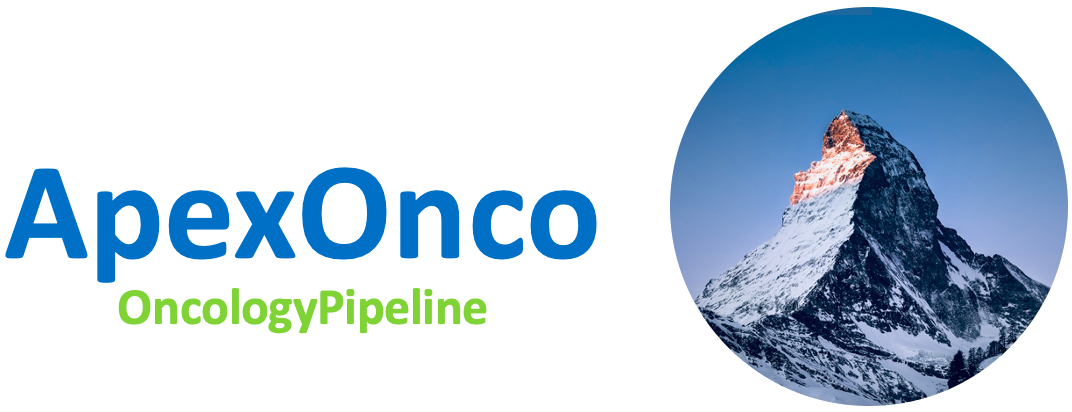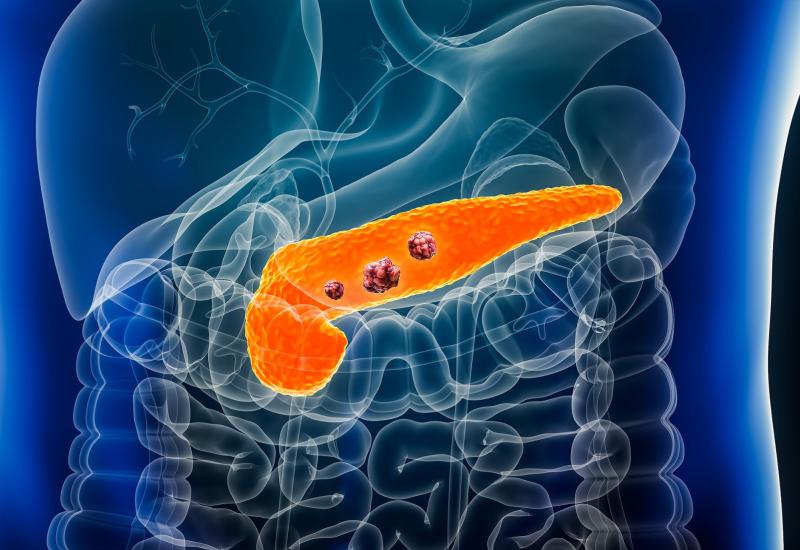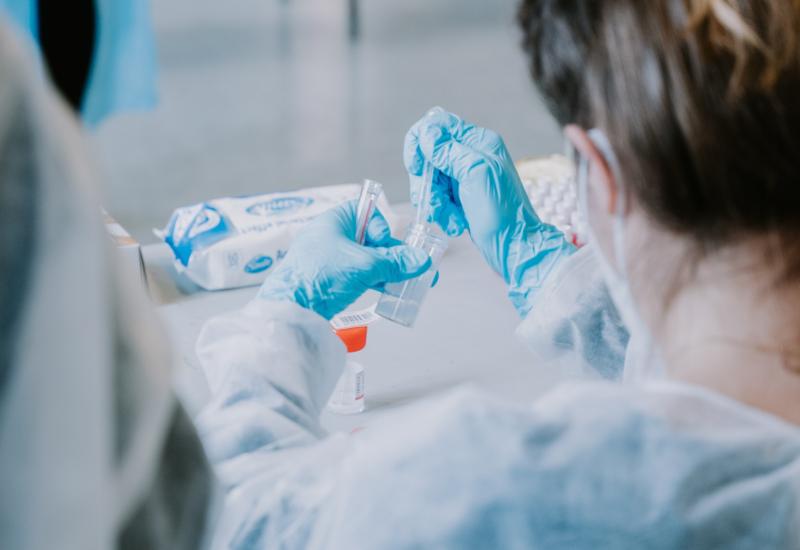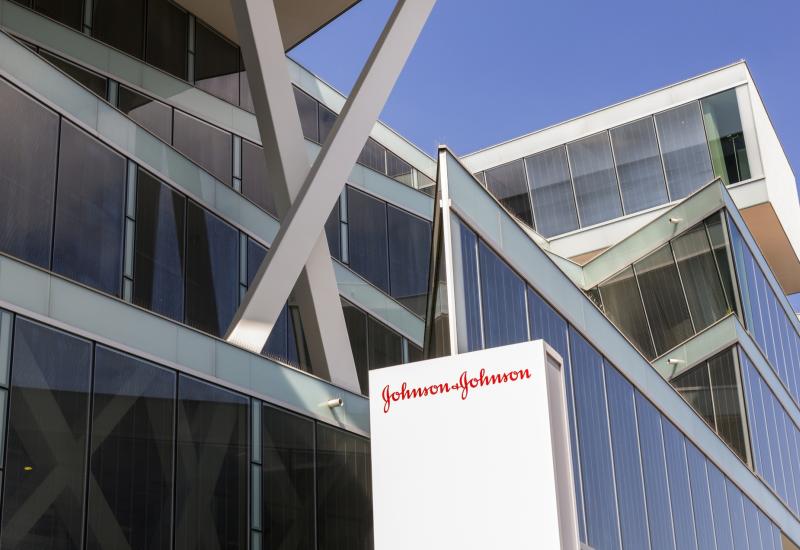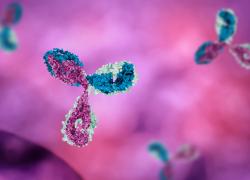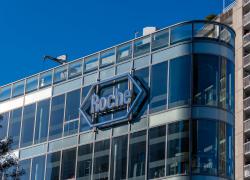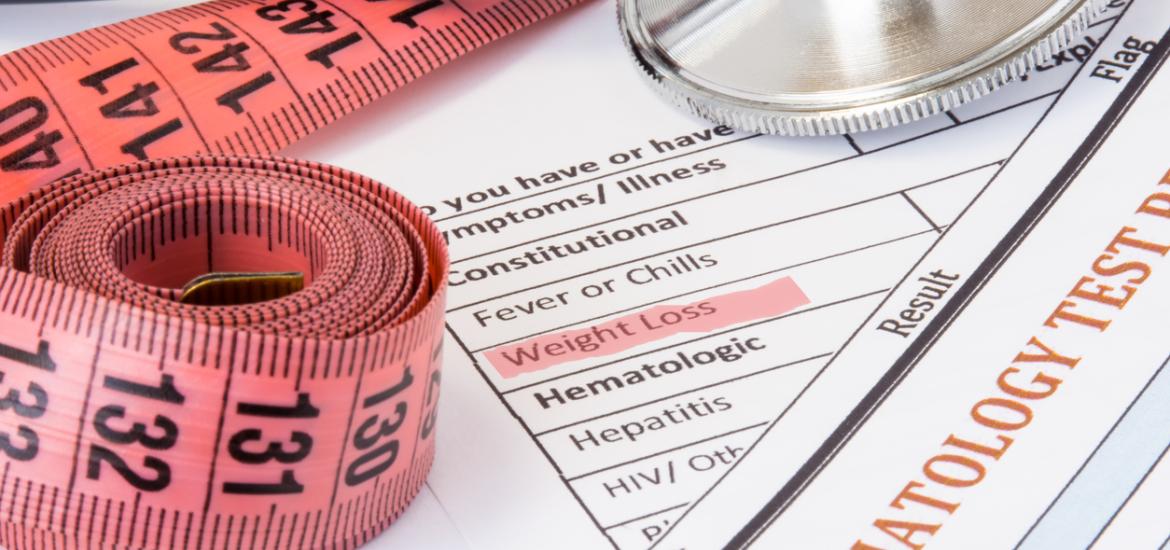
CatalYm joins Pfizer in pivotal cachexia push
Shortly after ponsegromab, visugromab is to start phase 2/3.
Shortly after ponsegromab, visugromab is to start phase 2/3.

CatalYm, a private German biotech focused entirely on the promise of GDF-15, is moving its sole pipeline asset, the anti-GDF-15 MAb visugromab, into pivotal development, a new listing on the clinicaltrials.gov registry reveals.
Its phase 2/3 Vincit study will aim to recruit 518 cancer cachexia patients and compare several visugromab doses against placebo, measuring change in body weight from baseline to 12 weeks. However, it apparently won't begin until February 2026, so CatalYm is a little behind Pfizer, whose own anti-GDF-15 MAb, ponsegromab, is to start a phase 2/3 cachexia trial this month.
According to OncologyPipeline there are just two other clinical-stage projects targeting GDF-15: LG Chem's Aveo-originated rilogrotug and GenFleet's bispecific GFS202A. A preclinical project, LBL-049, features in the pipeline of Nanjing Leads Biolabs, which last month floated on the Hong Kong stock exchange.
Anti-GDF-15 projects in development for cancer cachexia
| Project | Company | Status |
|---|---|---|
| Ponsegromab | Pfizer | Ph2/3 study starts Aug 2025 |
| Visugromab | CatalYm | Ph2/3 Vincit study starts Feb 2026 |
| Rilogrotug | Aveo (LG Chem) | Ph1 chemo combo in patients with elevated GDF-15 |
| GFS202A* | GenFleet | Ph1 (includes pre-cachexia) started Apr 2025 |
| KA1641-ZY1 | Kyinno | Preclinical |
| LBL-049 | Nanjing Leads | Preclinical |
| SS167 | Gensciences | Preclinical |
| FL-501 | Leap Therapeutics | Preclinical |
| GB18-06** | Kexing | Preclinical |
Notes: *anti-GDF-15 x IL-6 bispecific MAb; **nanobody. Source: OncologyPipeline.
The stress-induced cytokine GDF-15, or growth/differentiation factor 15, is a member of the TGF-β superfamily, and while it's thought to play a role in inflammatory pathways its precise function is unclear. CatalYm claims that its function is often "hijacked" by tumours to evade immune system recognition, and says most cancers show GDF-15 overexpression.
The company reckons that neutralising GDF-15 could overcome resistance to cancer therapy, and presented preclinical data at AACR suggesting that visugromab can enhance the efficacy of ADCs. As such, cachexia isn't its sole focus; it is separately running the Godfather-2 study in various tumours, and Godfather-Neo in muscle-invasive bladder cancer.
Not so Pfizer, which appears to have focused ponsegromab squarely at the cancer-related wasting syndrome. Its enthusiasm likely stems from phase 2 data presented at an ESMO late-breaker last year, where three ponsegromab doses showed statistically significant placebo-adjusted median increases in body weight, with a dose-response relationship, among 187 cachexia patients.
Pfizer said the data supported the role of GDF-15 as a primary driver of cachexia. Subjects in this study had to have elevated GDF-15 (1,500pg/ml), but interestingly neither Pfizer's nor CatalYm's phase 2/3 studies mandate high GDF-15 levels.
1897
